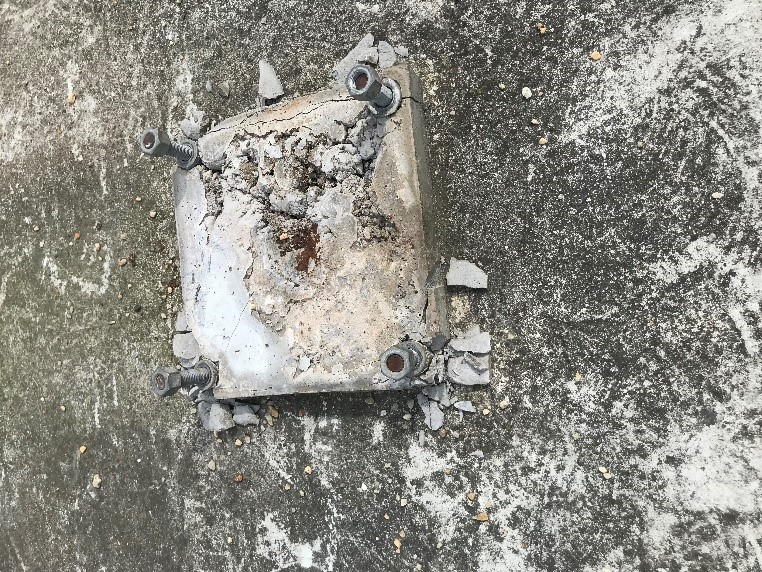WHAT IS AN EARTHQUAKE? DO EARTHQUAKE RESISTANT STRUCTURES EXIST?
Australia is a country that is known for its breathtaking natural beauty, diverse wildlife, and unique cultural heritage. One thing that it is not commonly known for, however, is its seismic activity. Unlike countries like Japan or Indonesia that are located on the Pacific Ring of Fire and experience frequent earthquakes, Australia is relatively safe when it comes to seismic activity. This is because the country sits on top of a tectonic plate rather than sitting on the intersection of two tectonic plates.
Despite this, Australia is not entirely immune to earthquakes. In fact, the most recent earthquake in Australia occurred in September 2021 in Mansfield, Victoria. While it was relatively small at a magnitude of 5.5, it did cause some level of damage to structures of all types.

WHAT STRUCTURES ARE SAFE DURING AN EARTHQUAKE?
While it is commonly believed that taller buildings are safer during an earthquake due to their high vibration frequency, the answer to this question is slightly more complex. Buildings that are designed for earthquake forces as per the relevant Australian standards, such as AS/NZS 1170.4, are earthquake resistant in theory. However, it should be noted that all design codes and standards require structures to be designed for a certain probabilistic seismic hazard value based on the magnitude of previous earthquakes experienced within a particular region. It is important to note that there have been instances where an earthquake has exceeded the expected maximum value for a region, leading to significant structural damage.
DO EARTHQUAKE RESISTANT STRUCTURES EXIST?
Yes, it is possible to design a structure to be earthquake resistant using techniques such as base isolation or by providing a tuned mass damper, similar to the one on Trump Tower in New York. However, implementing base isolating structures on a mass scale may not be commercially viable. Therefore, the most economical way of ensuring safety during earthquakes is by providing enough lateral load-resisting elements or bracing elements in the case of residential homes.
WHAT DOES A MAGNITUDE 6 EATHQUAKE MEAN?
Earthquake magnitude is a measure of the energy released during an earthquake. It is calculated based on the amplitude of the seismic waves generated by the earthquake, as recorded on seismographs located around the epicenter. While the Richter scale was widely used in the past, it has been superseded by more accurate scales such as the moment magnitude scale. The moment magnitude scale takes into account the size of the fault rupture and the amount of slip that occurs, providing a more accurate measure of earthquake magnitude. The moment magnitude scale is also logarithmic, meaning that a one-point increase in magnitude represents a ten-fold increase in the amplitude of the seismic waves and a 32-fold increase in energy release. For example, a magnitude 6.0 earthquake releases 32 times more energy than a magnitude 5.0 earthquake.
CAN EARTHQUAKE DAMAGE BE FIXED?
Earthquakes can cause significant damage to buildings, and it’s important to address any structural issues as soon as possible to ensure the safety of occupants and prevent further damage. Fortunately, there are several techniques available to fix buildings damaged by earthquakes. The appropriate technique to use depends on the level of damage sustained. For minor damage, techniques such as crack stitching or locally repairing damaged structural elements may be used. For more severe damage, techniques such as underpinning or applying linear or energy-dissipating braces may be required. These techniques can help to restore a building’s structural integrity and ensure it can withstand future seismic activity. It’s important to consult with experienced professionals in earthquake engineering to determine the best approach for repairing earthquake-damaged buildings.

CESCON’s EXPERTISE IN THE FIELD OF EARTHQUAKE ENGINEERING:
At CESCON, we are dedicated to earthquake engineering and have a team of experienced professionals with relevant qualifications in this field. Our engineers specialize in designing earthquake-resistant buildings, retrofitting existing buildings to make them earthquake-resistant, and conducting research in the field of earthquake engineering. We use cutting-edge technology, such as accelerometers, strain gauges, and pressure transducers, to conduct shake table tests that assess the performance of buildings or their components during earthquakes. In this video, CESCON engineers conducted a shake table test on a 2D wall frame to evaluate its performance during seismic activity.
USE THE FOLLOWING LINK TO DOWNLOAD THE VIDEO. PUT IIT ON THE BLOG
https://www.youtube.com/watch?v=uZVIwzciVxk





